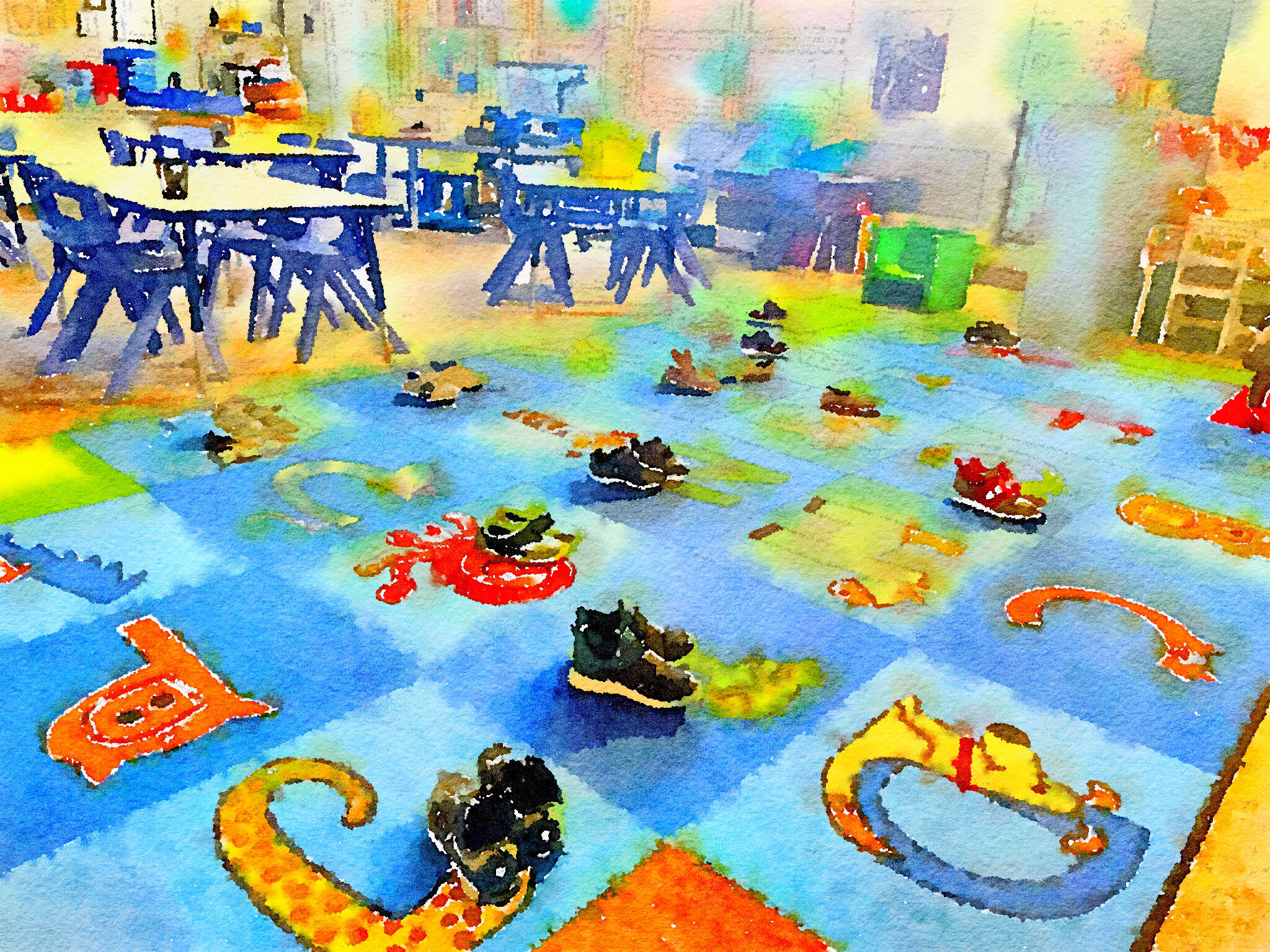Thinking is Hard
I don't think that most teachers are aware of Daniel Willingham's thesis, outlined in his 2009 book "Why don't students like school?" If we were, we would probably design our schools differently. I am from Alaska, and there is a paradigm here that we refer to as "Native ways of knowing." There is a sense that learning can be embedded in activity and that it can be naturally emergent. This stands in stark contrast to formal Western forms of education. Even though it doesn't look the same, education was/is important for Native cultures. Especially 50+ years ago, survival depended on learning in very real ways. If knowledge wasn't passed down effectively, it was possible that the village or family would fail and people would die. However, the whole learning process was embedded in customs, songs, and other traditions.
This isn't just part of Native customs, but is our natural state. This is the type of learning that is natural for all of us. Heavily social and lots of embedded learning within activities. We are way off the mark in western public education if the goal is to take advantage of our natural learning state.
John Hattie, in his book "Visible Learning and the Science of How We Learn," talks about how the human brain doesn't want to think. System 1 thinking is thinking fast. System 2 thinking is thinking slow. We are built for both types of thinking, but we can't sustain System 2 thinking for long. It's literally uncomfortable, and for good reason. It's resource heavy, mentally. Hattie says that a resistance to thinking may not be laziness as much as a "decision to be economical, cautious, or prudent with personal resources."
This isn't just part of Native customs, but is our natural state. This is the type of learning that is natural for all of us. Heavily social and lots of embedded learning within activities. We are way off the mark in western public education if the goal is to take advantage of our natural learning state.
John Hattie, in his book "Visible Learning and the Science of How We Learn," talks about how the human brain doesn't want to think. System 1 thinking is thinking fast. System 2 thinking is thinking slow. We are built for both types of thinking, but we can't sustain System 2 thinking for long. It's literally uncomfortable, and for good reason. It's resource heavy, mentally. Hattie says that a resistance to thinking may not be laziness as much as a "decision to be economical, cautious, or prudent with personal resources."
Time in School
Hattie goes on to talk about time, and says that we should think about time in four ways. Allocated time, instructional time, engaged time, and academic learning time. As we plan, as we self assess, as we are working directly with our students, we should be thinking about these four categories.
- What is our time within the day and year? How much runway do we have for students to take off?
- Of this, what is available to us instructionally? What is taking away from instructional time and is it worth it?
- Within the instructional time, how much are students engaged? This is an even smaller amount.
- And then even further, how much of engaged time is relevant academic learning time?
Thinking of our time in this way might raise a sense of urgency. Let us collectively squeeze out as much academic learning time as possible and be thoughtful about anything that takes away from this time.
